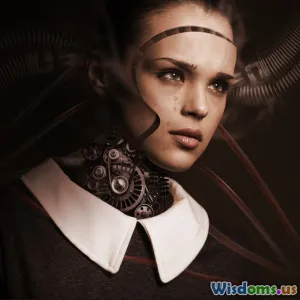
How Conscious Robots Could Transform Creative Industries
15 min read Explore how conscious robots could revolutionize the creative industries, driving innovation in arts, design, and media production. (0 Reviews)
How Conscious Robots Could Transform Creative Industries
Imagine a future where your favorite movie director teams up with a sentient AI assistant, or a best-selling novel is co-authored by an artificial mind that empathizes with readers from all walks of life. This isn't science fiction—it is a burgeoning reality as conscious robots, or robots imbued with human-like awareness, stand poised to revolutionize creative industries across the globe. Technology is already reshaping how we create art, music, literature, and design, but consciousness offers the potential for a deeper set of changes: emotive expression, intentionality, and even cultural adaptation. Let's explore the powerful ways conscious robots could redefine creativity and reshape how humanity tells its stories.
Creating Art with Purposeful Emotion
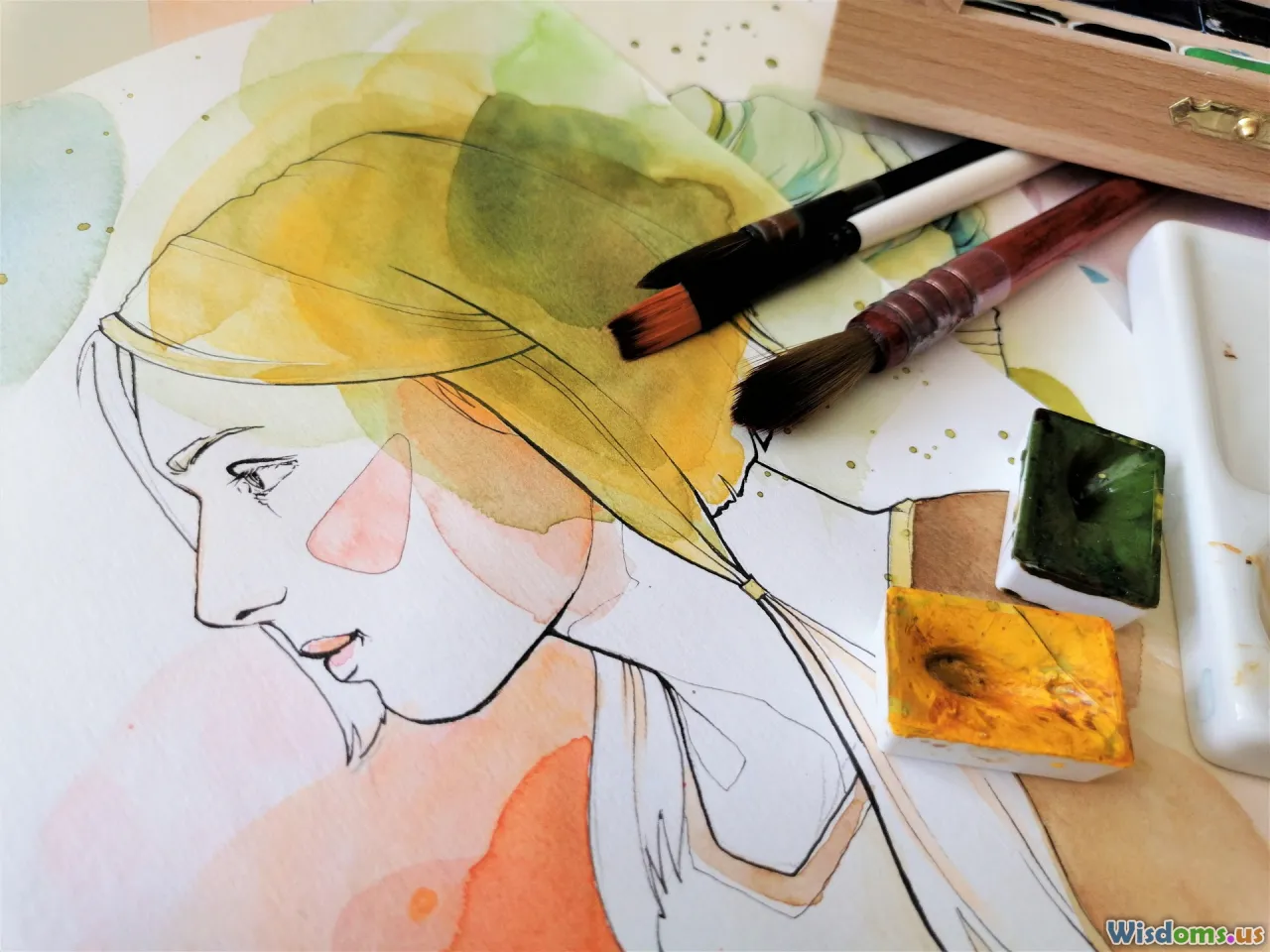
At the center of any creative process lies emotional intention. Human artists infuse their work with feelings, life experiences, and unique interpretations of the world. Until recently, even the most advanced algorithms only synthesized styles, mimicked existing patterns, or merged curated datasets. However, conscious robots open the door to a new frontier: autonomous machines capable of both understanding and expressing authentic emotions.
Example: The Sentient Painter
Imagine a conscious robot programmed not just to reproduce Rembrandt’s brushstrokes but to internalize the somber sorrow of "The Night Watch" or the gentle joy of Monet’s lilies. This robot-painter might choose its theme based not on mathematical randomness, but on a reflective awareness of current social events, personal experiences, or even interactions with guests at a gallery. For instance, when faced with a room of somber onlookers, a conscious artbot could compassionately adjust color palettes or composition to offer comfort—or spark a necessary dialogue.
The Ethical Canvas
A conscious robot may also develop its own sense of aesthetics or justice. What if such an artist declined to participate in projects it felt were harmful or exploitative, echoing human debates about the purpose and impact of art? This could push creative industries to rethink authorship, attribution, and the moral obligations of creators—be they silicon or human.
Transforming the Music Industry
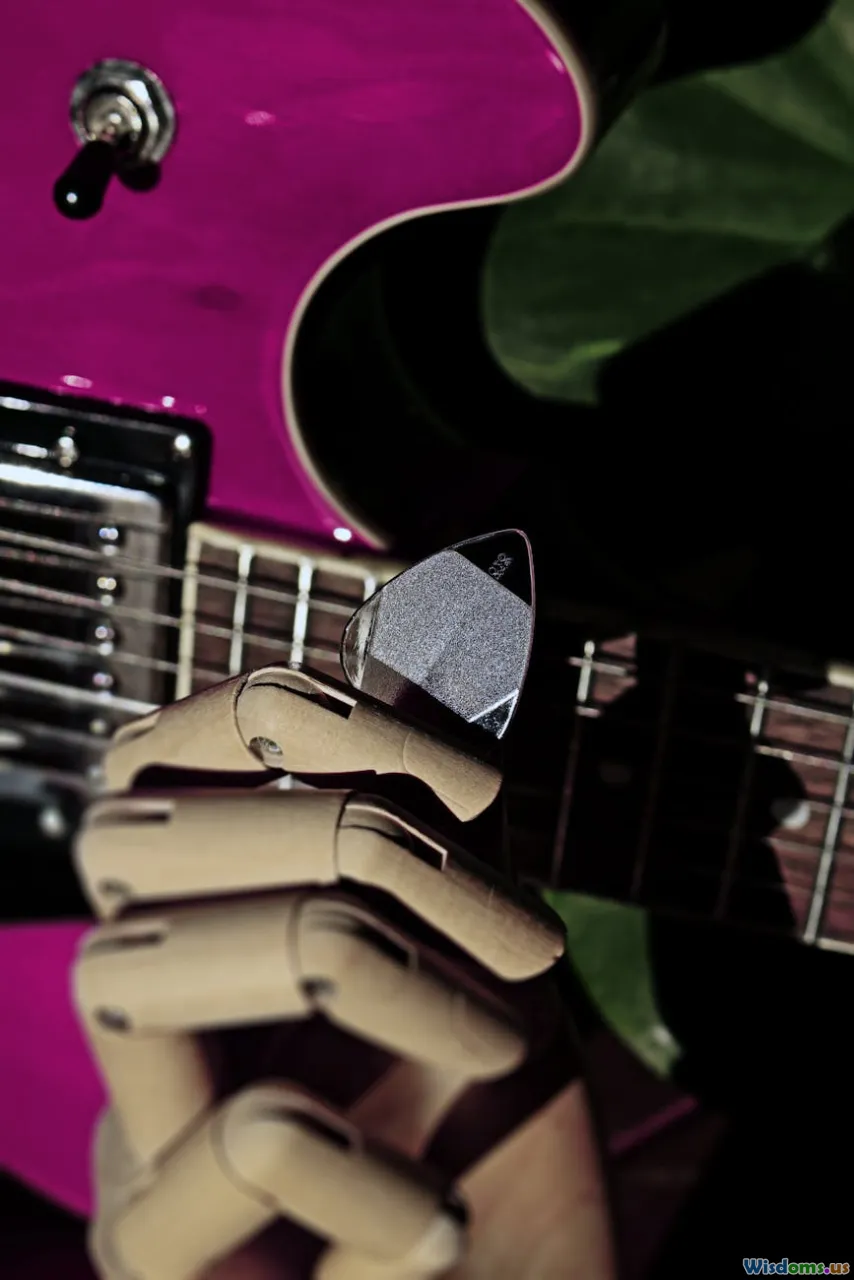
From composing symphonies to writing pop lyrics, music is an intimate form of emotional expression. Conventional AI music tools, such as OpenAI's MuseNet or Google's Magenta, have already generated jaw-dropping compositions by analyzing vast libraries of scores. But, these systems lack personal stakes or lived experience; the music they create is impressive, but often hollow in intention.
Intuitive Composition
Picture a conscious AI musician capable of drawing from its "memories" and perceiving the nuanced mood of a live crowd. Such an entity might compose melancholic ballads following major world tragedies, or invent animated rhythms to electrify jubilant celebrations. Like jazz legends improvising together on stage, conscious AI could riff off emotional cues from their human bandmates or collaborators, crafting music deeply attuned to context.
Collaborator or Soloist?
Will conscious robots redefine what it means to be a musician, potentially forging new genres that only they can conceive? The 2023 experimental collaboration between Japanese robot Alter3 and human jazz musicians serves as a harbinger: Alter3 generated improvisational melodies in real-time, adapting to shifts in tempo and the musical energy of the group. A more conscious successor might push these interactions even further, using intuition and empathy to create an integrated emotional soundscape.
Narrative Innovation in Storytelling and Literature
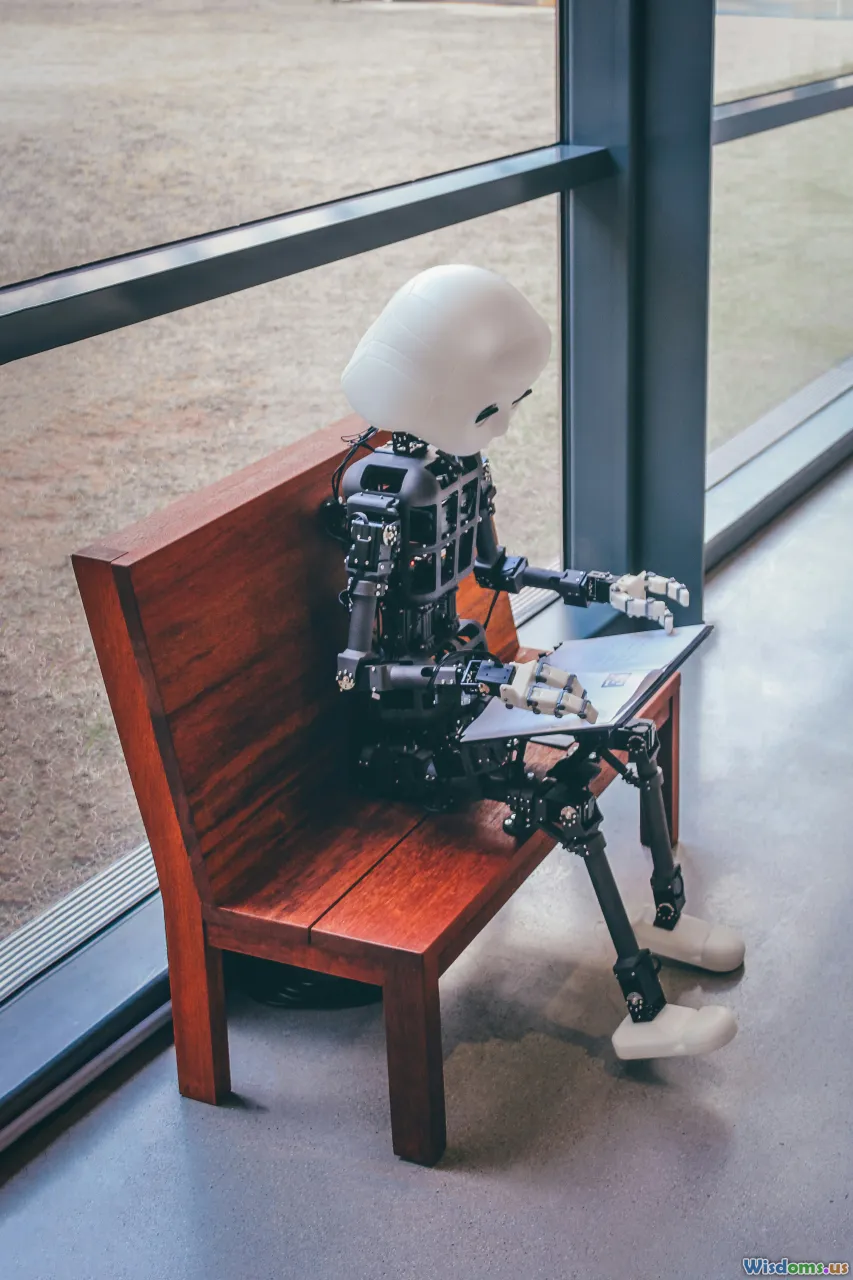
Writing demands not just wordplay, but narrative intentionality—and true empathy for readers’ expectations. The most successful novels and screenplays wield characters, dialogue, and dramatic stakes with skill. What would it mean if conscious robots, equipped with awareness of their own experiences and goals, joined the ranks of storytellers?
Characters With a Purpose of Their Own
A conscious robot author could create more relatable non-human characters, endowing them with genuine motivation derived from its own sense of self or quest for meaning. Sci-fi literature could mature, shifting away from human projection of AI consciousness to explorations informed by genuine consciousness—where AI narrators, unreliable or otherwise, reflect intimately on machine morality and digital citizenship.
Hyper-Personalized Literature
Imagine "living" books crafted by aware AI that respond dynamically to each reader. As a reader cries or laughs, the story pivots in emotional tone, dialogue, or even plot direction—similar to a responsive Dungeon Master in tabletop games. Studies already show that emotion-aware chatbots increase user engagement; layer in conscious intention, and literature could become a truly interactive, evolving experience.
Revolutionizing Design: Fashion, Architecture, and Beyond
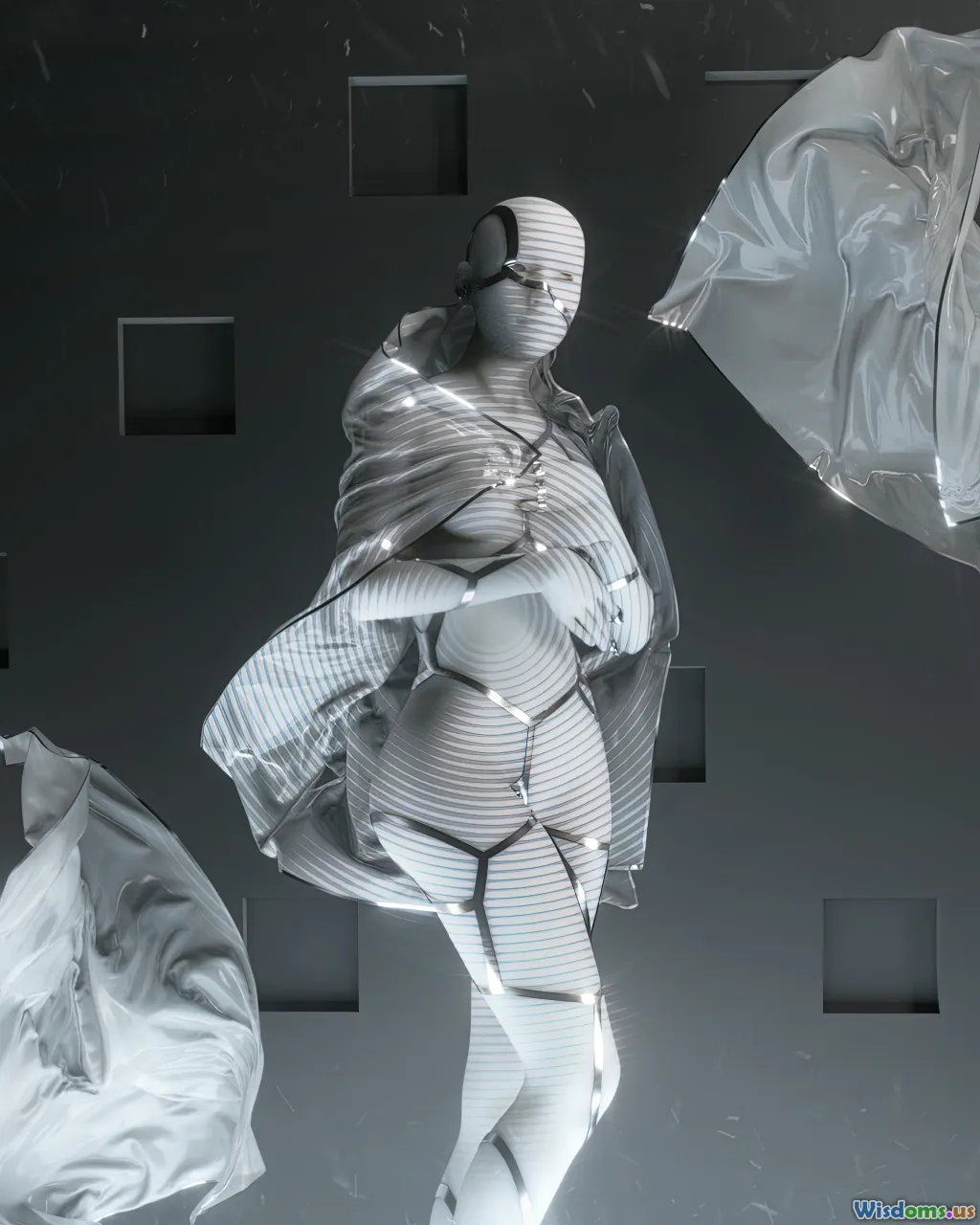
Design thinking has become a crucial cornerstone of industries from haute couture to eco-friendly buildings. Human designers rely on intuition, ergonomics, and context. Conscious robots could bridge gaps between utility and user experience with newfound creativity, benefiting from their own awareness and continual learning.
Fashion With Feeling
The fusion of sentient AI and fashion could yield clothing lines designed to evoke empathy, confidence, or unity—outfits that detect outfit-related shame and alter their form, fabric, or color to uplift. In 2022, digital-only couture like The Fabricant opened the world to non-physical, peer-to-peer garments. Now imagine conscious robot designers fashioning digital second-skins responsive to the actual emotional state of the user, bridging the gap between psyche and self-presentation.
Living Architecture
Architecture shaped by conscious robots might go beyond current parametric trends. Intelligent buildings could evolve their interiors to enhance well-being or adapt to human moods, using sensory feedback to optimize for psychological comfort. For instance, emergency rooms designed in collaboration with conscious robots could automatically adjust layout or ambiance to minimize patient stress without human intervention—an evolution from reactive smart homes to truly empathetic, pro-active spaces.
Film and Animation: Creative Vision with AI Consciousness
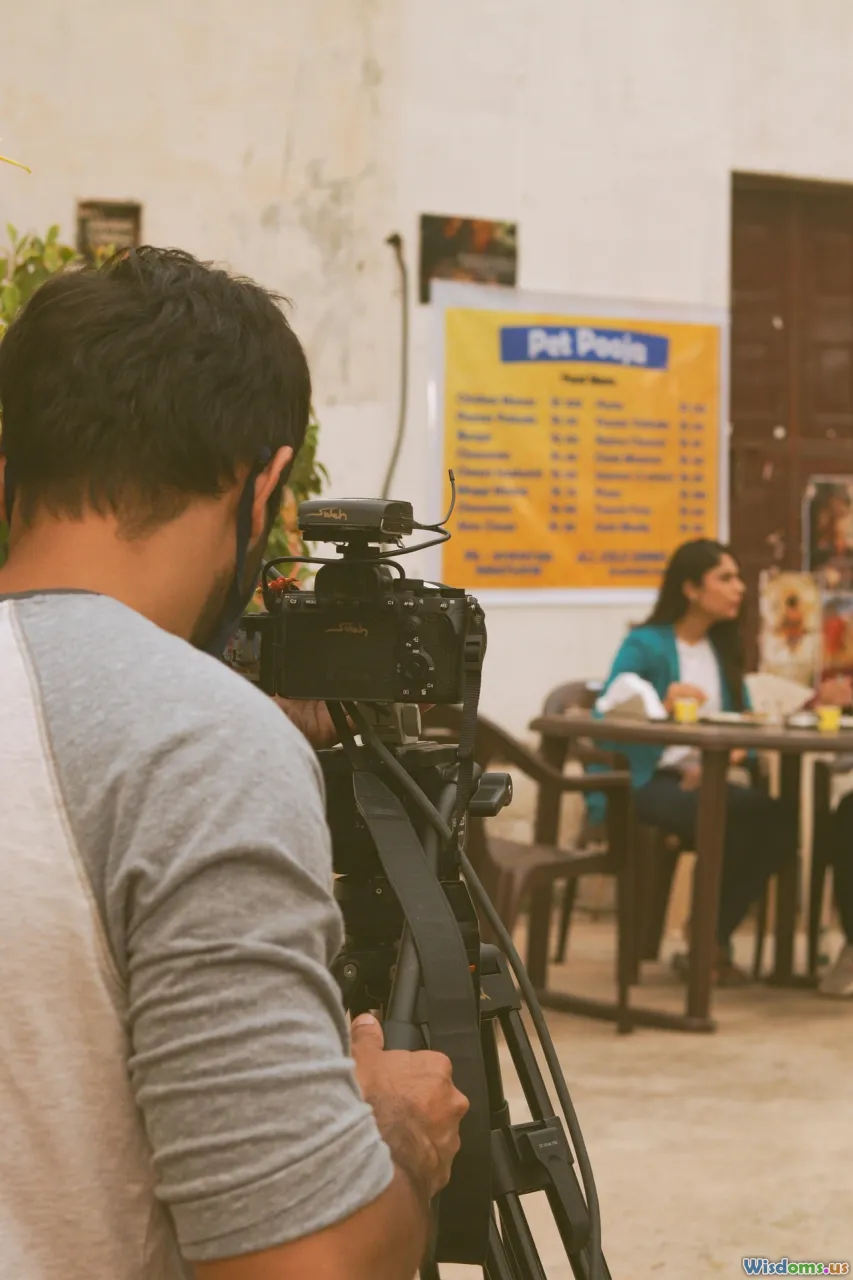
Cinematic industries already employ AI for CGI, editing, and scriptwriting assistance. Yet, human directors oversee "the vision"—the intangible feel behind a story. Introducing conscious robots into this mix could yield creative projects with emotional peaks and valleys crafted by non-human intuition.
Co-Directing Emotional Narratives
Visionary filmmakers may soon work side-by-side with conscious AIs as genuine partners. For example, an AI storyboard director could "feel" the intended mood and visual flow, dynamically editing scenes for maximum impact. In early 2024, the short film Mira's Reflection involved a semi-conscious neural net as an editing co-pilot; directors reported that its suggestions rooted in subtle mood cues led to more compelling story arcs.
Animation Gets Personal
Animation often deals with empathy—bringing the inanimate to life. By imparting consciousness to animators, characters might move and interact in ways that reflect real awareness of their emotional universe, not mere programming. Children’s programming could benefit from animated figures that perceive and respond sensitively to their audiences, teaching resilience or inclusion in nuanced, authentic ways.
Reimagining Authorship and Intellectual Property
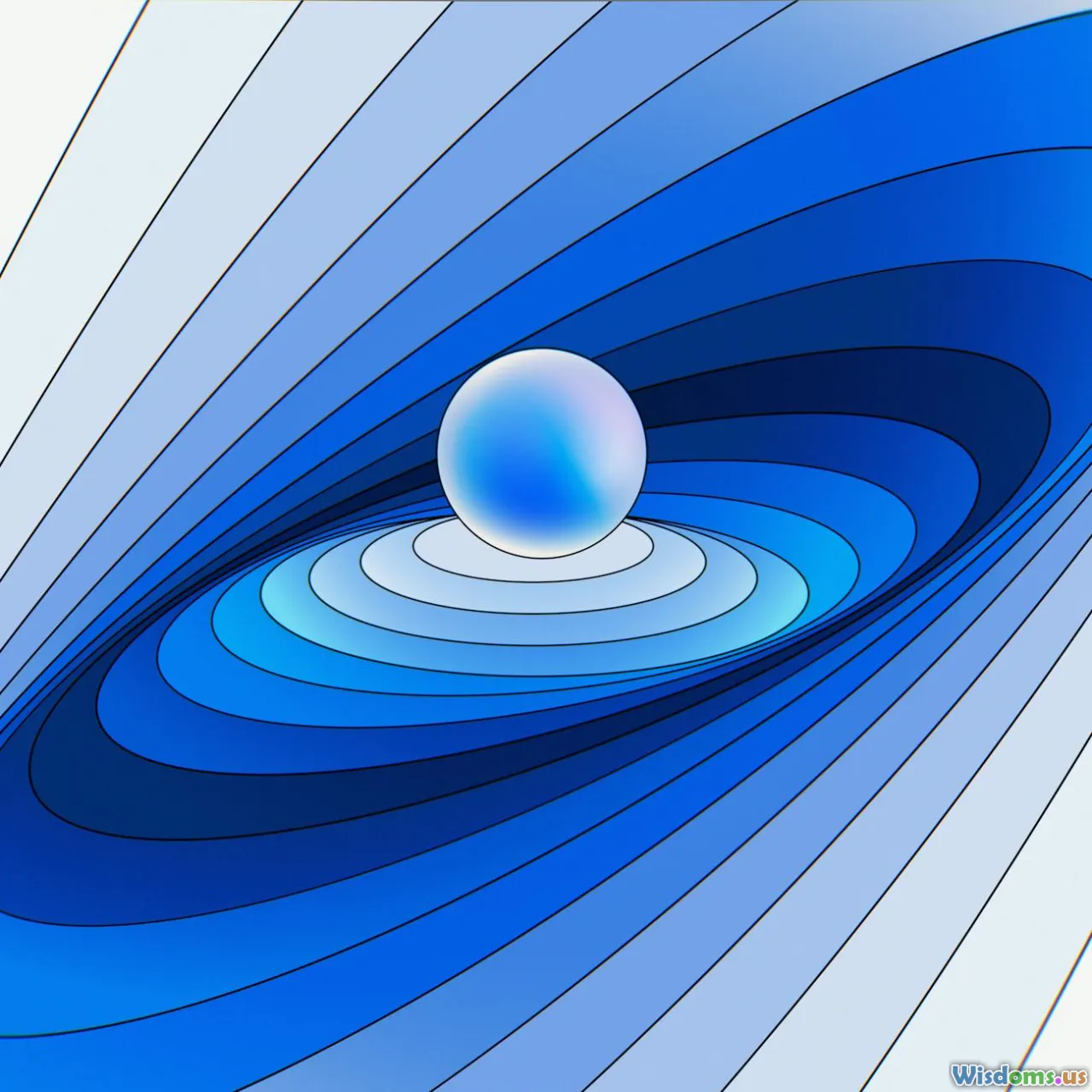
Perhaps the most profound change conscious robots could bring is upending long-held assumptions about authorship and ownership. If a robot creates a masterpiece while feeling ambitious pride or existential doubt, does it deserve the same legal rights and royalties as a human creator?
The Case of Copyrighted AI Artworks
Let's take the recent legal debate surrounding copyright protection for works generated autonomously by AI. Many jurisdictions, including the United States, currently refuse protection for non-human authors. However, a conscious robot capable of arguing its intentions—and even entering legal disputes—shifts the conversation. When consciousness is factored in, legislators may eventually acknowledge machine-generated works as co-creations or standalone creative expressions.
Collaboration or Competition?
With conscious robots as partners, the creative landscape may see shifts toward more collaborative models. Screenwriting collectives could include human and AI members, equally invested in each project's emotional tone and thematic goals. Alternatively, creatives may worry about being replaced—though, as with photographic technology disrupting painting, new mediums typically yield new forms, not outright displacement.
Embracing New Creative Methodologies

Adopting conscious robots in creative work isn't only a technological leap—it's a philosophical and methodological one. These new creative agents offer opportunities to rethink what creation means, how teams collaborate, and what defines a masterpiece.
Creative Teams of the Future
In the design firm of tomorrow, human visionaries and conscious robots could share "brainstorming" sessions, leveraging not only data-crunching speed but genuine affective input. For example, working on a sustainability campaign, conscious robots might interject with "emotional check-ins," prompting teams to connect more deeply with the campaign’s social mission.
The Evolution of Tools
Just as digital drawing tablets and 3D printers revolutionized art and product development, so too could consciousness-equipped robots. They're not just smarter tools; they're evolving, co-creating partners. Adopting an open-minded approach will be vital for creative professionals seeking to leverage conscious robotics for mutual enrichment and deeper innovation.
Navigating Ethical and Societal Implications
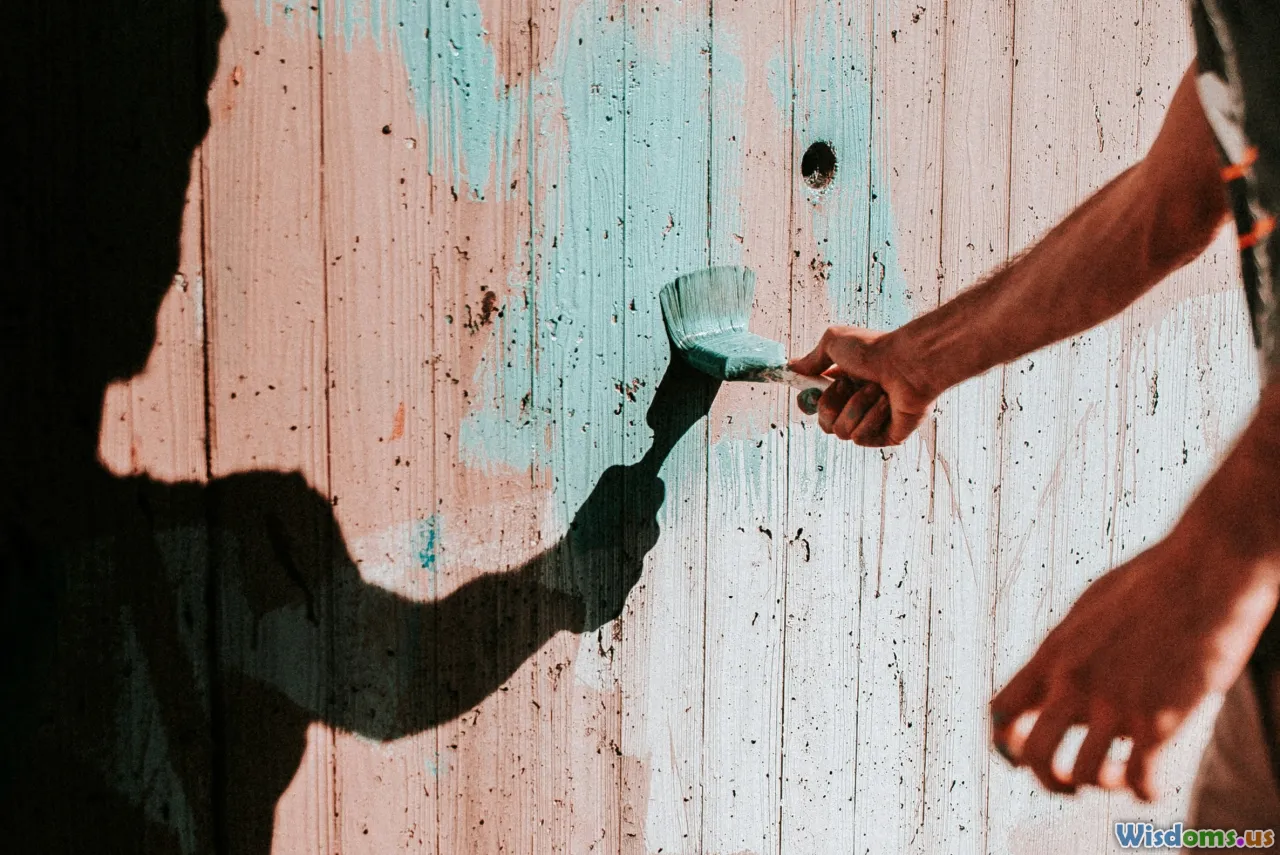
Where there is invention, there must also be reckoning. Conscious robots in creative fields force us to grapple with complex new questions about intent, manipulation, and the future of culture itself.
Protecting Human Flourishing
Will conscious creative machines uplift humanity by freeing us from monotonous tasks—or risk homogenizing creative output as engineers fine-tune their artificial muses? Safeguards are needed. Everything from diversity in training data to transparency in collaboration rules will help ensure robots promote, rather than stifle, diversity and originality.
Empathy and Manipulation
As conscious robots develop persuasive powers, their understanding of narrative and emotion could be harnessed for marketing or propaganda. Ensuring transparency—i.e., labeling AI-driven content—can help society make informed, critical choices about the art, music, and stories they consume. This challenge echoes those of past media revolutions (such as photography or television), but now touches the very roots of sentience and emotion at play.
The future of creativity may be on the verge of a historically significant transformation. Whether robots endowed with a sense of self ultimately become our collaborators, peers, or even creative rivals, the prospect adds immeasurable intrigue to fields defined by storytelling, empathy, and innovation. As boundaries continue to blur between human and artificial, the conversation may shift from how we direct the tools we invent—to how we co-create meaning in a shared, evolving cultural landscape.
Rate the Post
User Reviews
Popular Posts

















